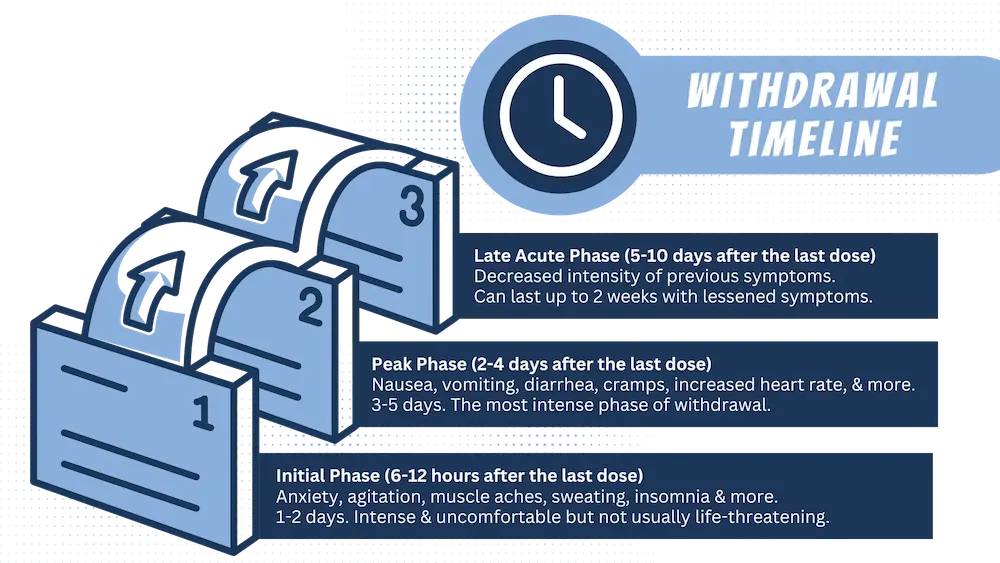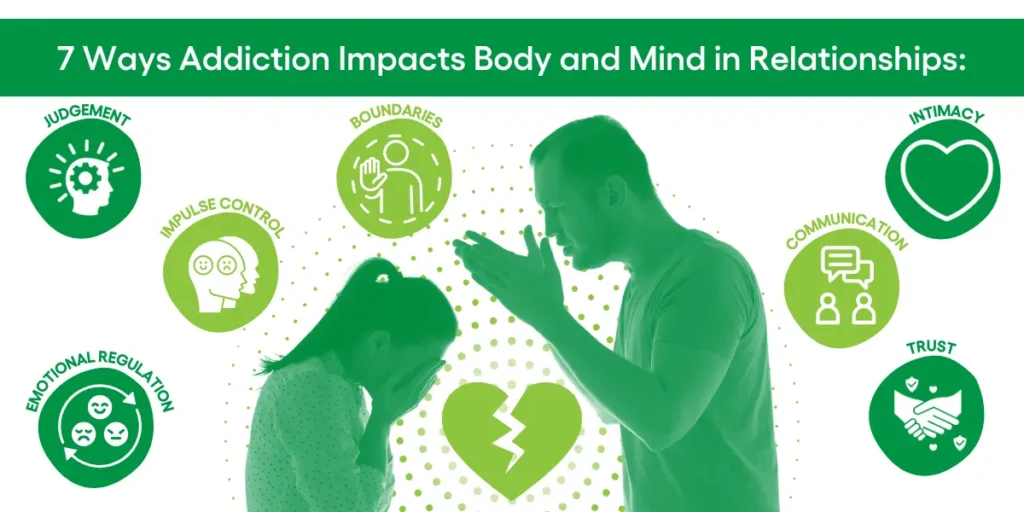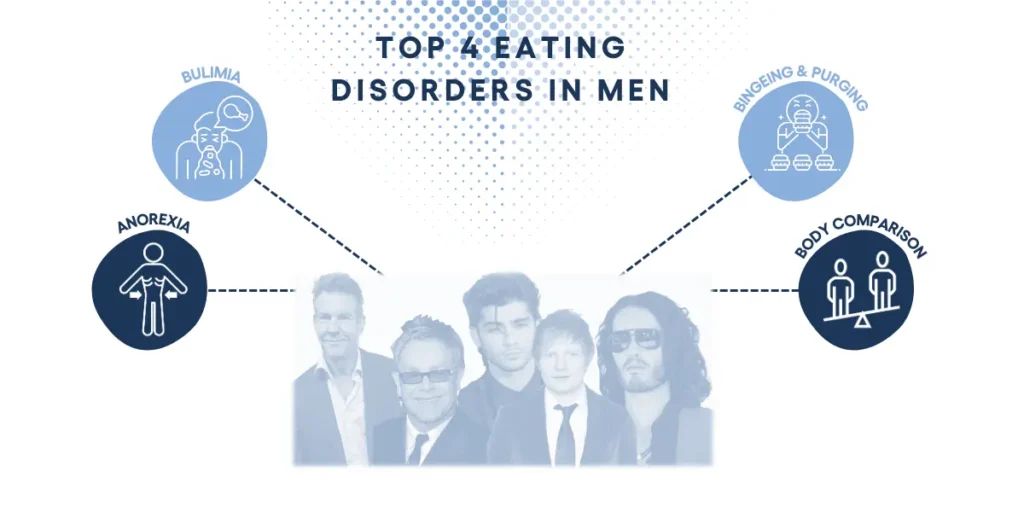Fentanyl withdrawal typically lasts between 7 to 10 days, with symptoms peaking around 2 to 4 days after the last dose – some extreme withdrawal symptoms can last up to years after stopping the drug.
Fentanyl is a synthetic opioid often prescribed for severe pain management. However, its potency and high risk of addiction make withdrawal a challenging process for many people. The more you understand about the timeline and symptoms of fentanyl withdrawal, the easier it is to navigate recovery. This guide provides an in-depth look at the duration and phases of fentanyl withdrawal, the symptoms associated with each phase, and tips for managing the process.

What is Fentanyl Withdrawal?
Fentanyl binds to opioid receptors in the brain, altering pain perception and producing a sense of euphoria. When used long-term, it can lead to physical dependence, meaning the body adapts to the presence of the drug and requires it to function normally.
When a person stops taking fentanyl, the body must adjust to the absence of the drug, leading to withdrawal symptoms.
Phases of Fentanyl Withdrawal
Fentanyl withdrawal occurs in several stages. Each of these comes with its own set of symptoms and unique challenges. These stages can be broadly divided into acute withdrawal and post-acute withdrawal syndrome (PAWS).
Acute Withdrawal
Acute withdrawal refers to the initial phase of withdrawal experienced after discontinuing a substance like fentanyl. This period is marked by the most intense and severe symptoms as the body reacts to the sudden absence of the drug.
1. Initial Phase (6-12 hours after the last dose):
- Symptoms: Anxiety, agitation, muscle aches, sweating, insomnia, runny nose, and yawning.
- Duration: This phase typically lasts for 1-2 days. Symptoms can be intense and uncomfortable but are not usually life-threatening.
2. Peak Phase (2-4 days after the last dose):
- Symptoms: Nausea, vomiting, diarrhea, abdominal cramps, chills, goosebumps, increased heart rate, and high blood pressure.
- Duration: This is the most intense phase of withdrawal, with symptoms peaking in severity. It can last 3-5 days.
3. Late Acute Phase (5-10 days after the last dose):
- Symptoms: Decreased intensity of previous symptoms, lingering muscle aches, insomnia, irritability, fatigue, and drug cravings.
- Duration: Symptoms begin to subside but can still be challenging. This phase can last up to 2 weeks.
Post-Acute Withdrawal Syndrome (PAWS)
Post-Acute Withdrawal Syndrome (PAWS) is a condition that occurs after the initial acute withdrawal phase from fentanyl. PAWS includes a range of persistent symptoms that can last for weeks, months, or even years after the acute phase has ended.
1. Early PAWS (Weeks 2-4):
- Symptoms: Mood swings, anxiety, depression, irritability, fatigue, difficulty concentrating, and sleep disturbances.
- Duration: Symptoms can be sporadic and vary in intensity, often lasting for several weeks.
2. Late PAWS (Months 1-6):
- Symptoms: Persistent anxiety, depression, emotional numbness, difficulty experiencing pleasure, and occasional drug cravings.
- Duration: This phase can last for several months, with symptoms gradually diminishing over time.

Factors Influencing Withdrawal Duration
The duration of fentanyl withdrawal can vary from person to person and is influenced by a range of factors. Understanding these factors is essential for anticipating the length and intensity of the withdrawal process and for tailoring appropriate treatment strategies:
Duration of Use
The length of time a person has been using fentanyl significantly impacts the severity and duration of withdrawal symptoms. Prolonged use of fentanyl can lead to more profound physical and psychological dependence, resulting in a more challenging and extended withdrawal process. The body becomes increasingly accustomed to the presence of the drug, making the absence of fentanyl more disruptive and painful.
Dosage
The amount of fentanyl regularly consumed is another critical factor. Higher doses of fentanyl create a more intense dependency, leading to more severe withdrawal symptoms when use is discontinued. Individuals who have been taking large quantities of the drug may experience more pronounced physical and psychological effects during withdrawal, necessitating more intensive medical and therapeutic support.
According to the DEA, 42% of pills tested for fentanyl contained at least 2 mg of fentanyl, which is considered a potentially lethal dose.
Method of Use
The way fentanyl is administered—whether injected, snorted, or taken orally—can influence the withdrawal experience. Methods that deliver the drug rapidly into the bloodstream, such as injection or snorting, often lead to a quicker and more intense high, and subsequently, a more severe withdrawal process. These methods can cause a more abrupt and painful cessation, with withdrawal symptoms manifesting more quickly and intensely.
Individual Physiology
Each person’s unique physiological makeup plays a significant role in how they experience withdrawal. Factors such as genetics, overall health, age, and metabolism affect how the body processes and eliminates fentanyl. Some individuals may have a genetic predisposition to more severe withdrawal symptoms, while others may have a faster or slower metabolism, influencing the duration and intensity of withdrawal.
Co-occurring Conditions
The presence of other mental health disorders or concurrent substance use can complicate the withdrawal process. Individuals with conditions such as depression, anxiety, or bipolar disorder may find withdrawal more challenging due to the interplay between their mental health and substance dependence. Similarly, those using other substances alongside fentanyl may experience compounded withdrawal symptoms, requiring more comprehensive treatment strategies to address the multiple layers of dependency and mental health needs.

Managing Fentanyl Withdrawal Symptoms
Withdrawal can be tough, but there are ways to make it more manageable.
Managing fentanyl withdrawal symptoms involves tackling both the physical and mental challenges that come with detoxing from this powerful opioid. By using these strategies, individuals can better handle withdrawal symptoms and improve their chances of a successful recovery.
- Detox Programs: Joining a medically supervised detox program can provide continuous support. Healthcare professionals can give medications to ease withdrawal symptoms and ensure safety. Medications like methadone, buprenorphine, and naltrexone can help by reducing cravings and easing physical discomfort.
- Counseling and Therapy: Individual counseling, cognitive-behavioral therapy (CBT), and other therapies can help address the mental aspects of addiction and withdrawal. Joining support groups like Narcotics Anonymous (NA) can offer emotional support and encouragement from others who have been through similar experiences.
- Mindfulness and Meditation: Practices like mindfulness and meditation can help manage stress and anxiety. Techniques such as deep breathing and guided imagery can be beneficial. Regular exercise can boost endorphin levels, improve mood, and reduce stress, helping with withdrawal symptoms.
- Balanced Diet: Eating a balanced diet with plenty of vitamins and minerals can help the body recover and improve overall well-being. Staying hydrated is crucial, as withdrawal can cause dehydration due to sweating, vomiting, and diarrhea.
- Specific Symptom Treatments: Over-the-counter pain relievers like ibuprofen or acetaminophen can help manage muscle aches and pains. Anti-nausea medications and antidiarrheal agents can ease stomach issues commonly seen with withdrawal. Short-term use of sleep aids might be necessary to handle insomnia during withdrawal, but these should be used under medical supervision.
- Safe and Comfortable Setting: Ensuring a safe, comfortable, and quiet environment can help reduce stress and provide a supportive space for recovery. Having a network of supportive friends and family members who can offer encouragement and assistance during withdrawal is crucial.
- Aftercare Programs: Joining aftercare programs, including ongoing therapy and support groups, can help maintain sobriety and prevent relapse. Developing a relapse prevention plan that includes identifying triggers, coping strategies, and emergency contacts can help sustain long-term recovery.
Seeking Help for Fentanyl Withdrawal
Fentanyl withdrawal is challenging but it is a manageable process. Understanding the different phases of withdrawal, recognizing symptoms, and seeking appropriate support can significantly ease the journey. Southeastern Recovery Center understands that withdrawal can be a struggle, especially without the right tools for success.
If you or a loved one is currently battling a fentanyl addiction, let the compassionate team at Southeastern Recovery Center help you with the entire process.





